THE LEGEND OF THE BUDDHA WELL
Thien An is a sacred mountain of Quang Ngai , shaped like an isosceles trapezoid, about 360 hectares wide, 100 meters above sea level. According to local folk legends, about 4 centuries ago, Thien An mountain was considered a ghostly place, with dense forests, inhabited only by wild animals. Therefore, no one wanted to go up Thien An mountain, only woodcutters occasionally came here but absolutely did not dare to stay overnight in this deserted forest.
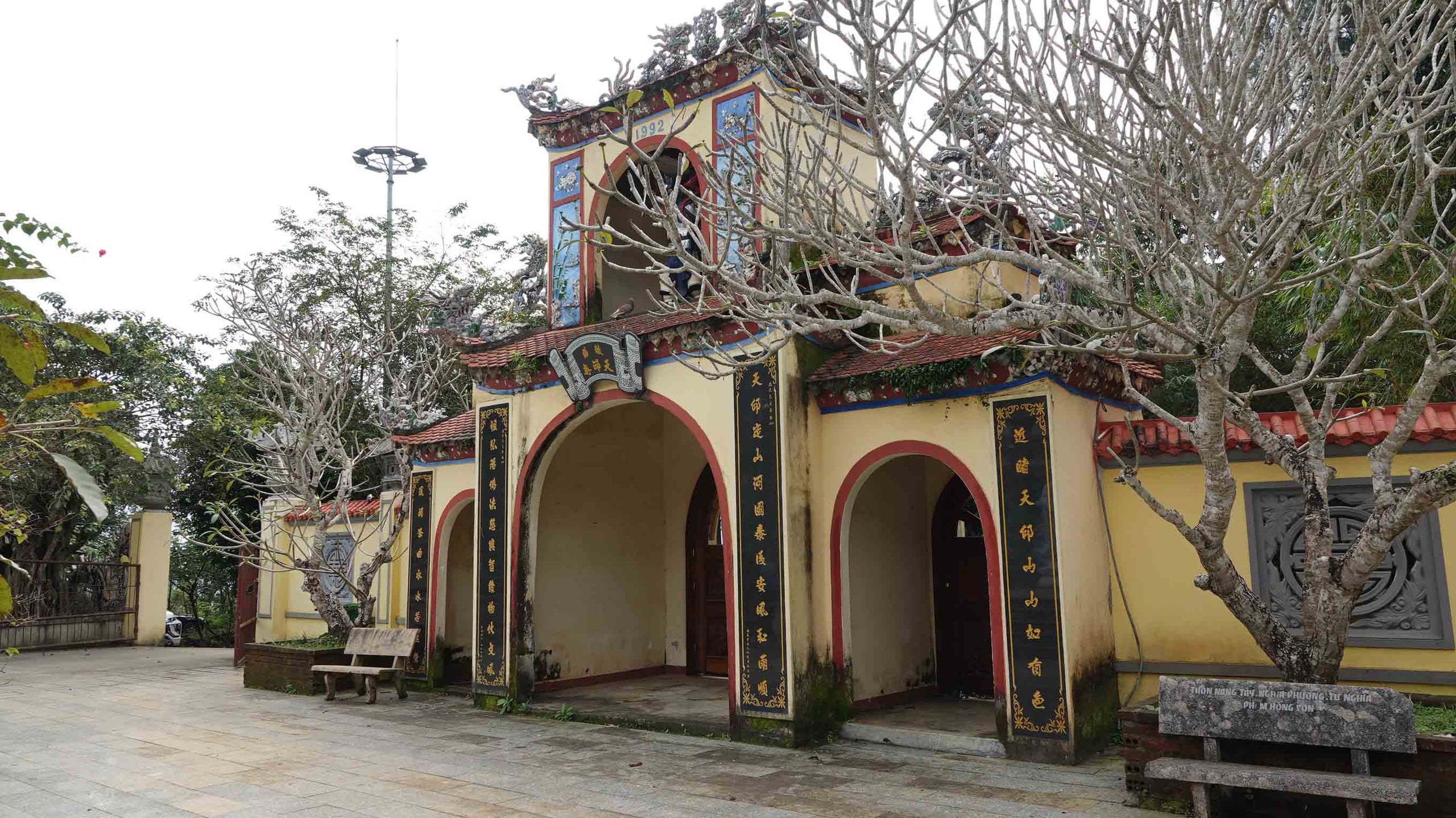
Thien An Pagoda gate inside
One day, in that sacred forest, Zen master Le Diet, dharma name Phap Hoa, from Fujian province (China), who practiced the Lam Te Zen sect, came to build a hermitage to practice meditation. The hermitage was built on the top of a mountain, in front of which was the Tra Khuc river as a bright hall, to the west was the Long Dau range running north.
The Zen master chanted sutras every day, making friends with the mountains, forests and wild animals. One day, a group of people went up the mountain, drank spring water in the southeast of the hermitage and met the Zen master practicing. The virtue of the true monk moved the group. When they returned, they told everyone about the monk on the secluded mountaintop. Gradually, his reputation spread far and wide, the hermitage welcomed more visitors, who joined hands to build the temple.
According to the legend of Thien An Pagoda, because the hermitage did not have enough drinking water, going up and down was too difficult, Zen Master Le Diet decided to dig a well. However, after digging down about 8 meters, he still did not find any water. In the midst of confusion, a young monk came from somewhere to ask for shelter and help dig the well. When the well overflowed with cool water, the young monk was nowhere to be seen. The Zen Master sent someone to the well and searched everywhere but could not find him. Today, the pagoda still has an inscription: "The monk dug a well on the mountain/When there was water, there was no trace."
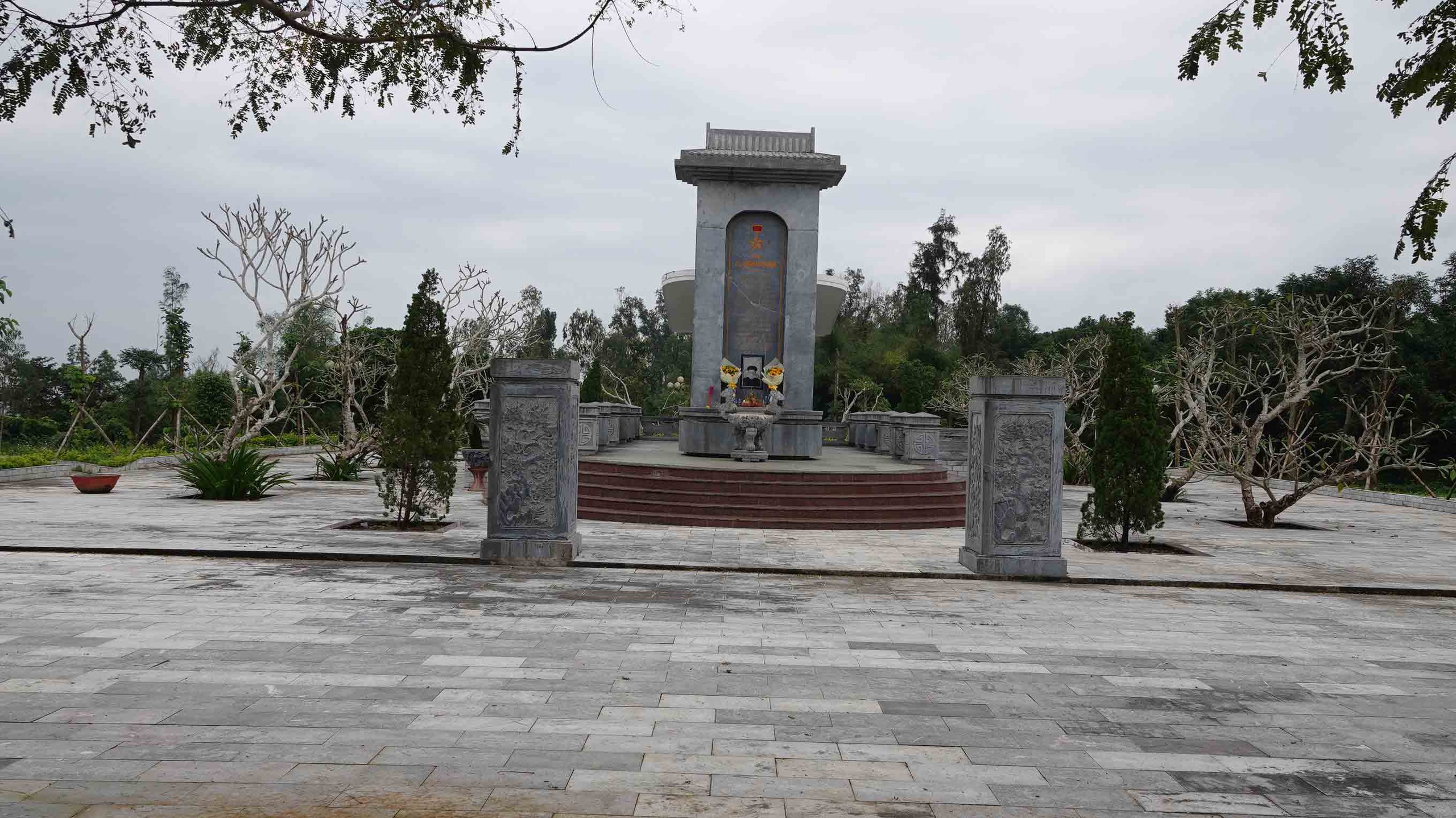
Huynh Thuc Khang's tomb on Thien An mountain
Since then, many people believe that the story of the young monk was because the Buddha was moved by the Zen master's sincerity and sent someone to help, and this well was called the Buddha's well. After hundreds of years, the Buddha's well has never run dry.
The Buddha well is about 21 meters deep and more than 2 meters in diameter, located on the left side of the main hall of Thien An Pagoda. It is built of laterite and still retains its ancient features. Next to the well, the pagoda has recorded a brief history of the well digging.
According to local people and cultural and archaeological researchers, Thien An Mountain, also known as Ho Mountain, and Thien An Pagoda were built on the foundation of the ancient Cham tower. The construction of such pagodas along the Central region, Quang Ngai, Binh Dinh is not uncommon, related to the process of expanding the southern land of our ancestors in the past.
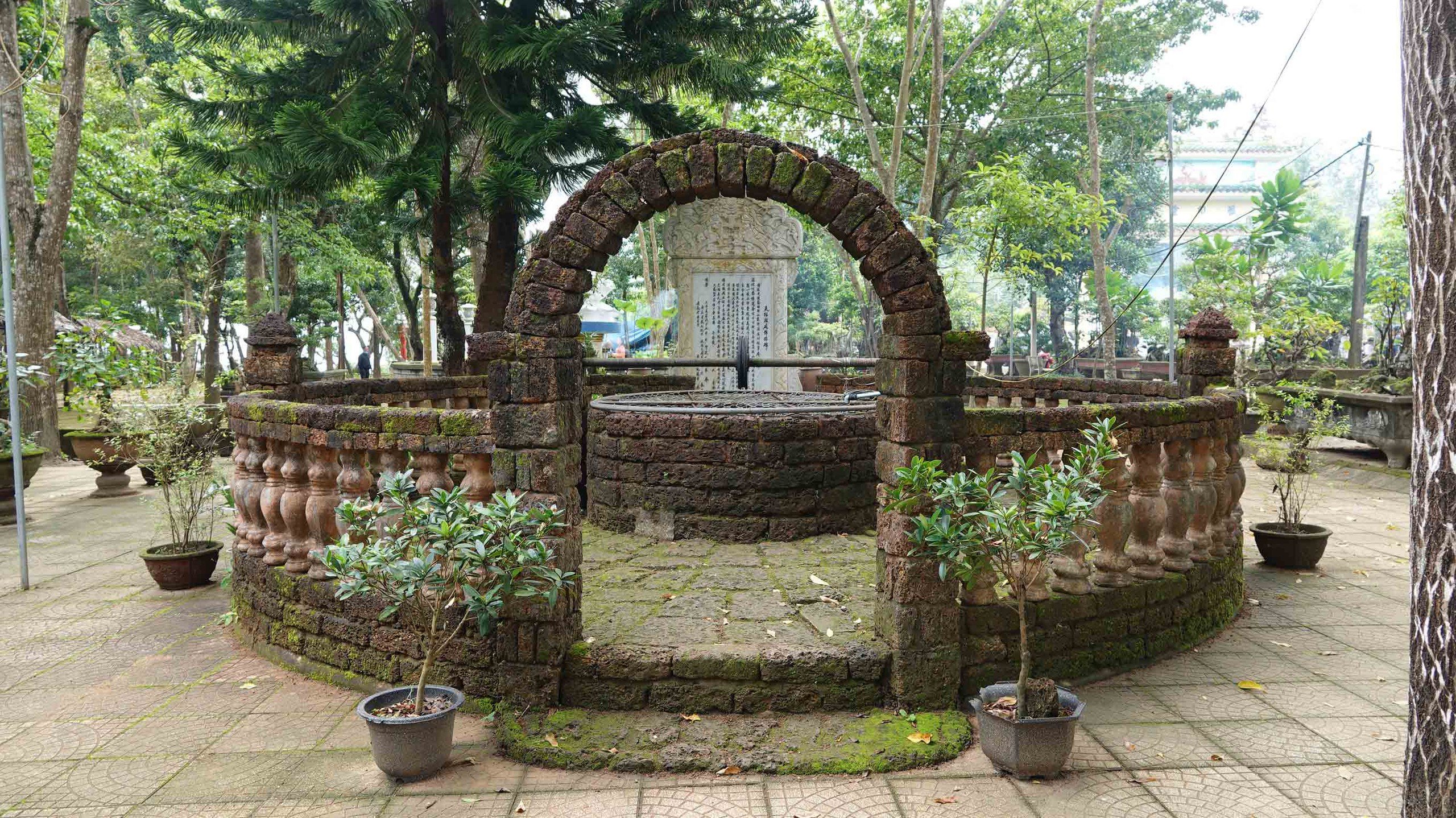
The ancient Buddhist well is located on the left side of the temple.
According to Dr. Doan Ngoc Khoi (an archaeologist in Quang Ngai), the Lam Te Zen sect always chose mountains and hills to practice, so they went to mountain peaks such as Thien An, Thien But, Linh Tien Tu... in Quang Ngai to build hermitages; Thap Thap A Di Da Pagoda (Binh Dinh) was also built on the foundation of a Cham tower. In Quang Ngai alone, there is always a well next to the pagoda. Meanwhile, the Cham people are "masters" of finding water sources and digging wells. The fact that the Cham wells left along the coast of Quang Ngai and some central provinces have fresh, never-dry water all year round clearly proves this. Therefore, it is also possible that the Buddha well at Thien An Pagoda existed before Zen master Phap Hoa came to build a hermitage to practice, then the Zen master dug a deeper well to get water.
LORD NGUYEN NGU DE GOLDEN AWARD
Entering the gate of Thien An Pagoda, you will see the inscription 1627, but according to the records here, the pagoda was built in 1694 and completed a year later, during the reign of Lord Nguyen Phuc Chu in Dang Trong. The pagoda was personally granted the title "Sac Tu Thien An Tu" by Lord Nguyen Phuc Chu in 1717. In 1916, the golden plaque was recreated.
Thien An Pagoda was built in the shape of the letter "khau", with the main hall in front, a small courtyard, the abbot's house, and on both sides are the west house, the east house, the warehouse, and the kitchen. The great bell of Thien An Pagoda was cast by Chu Tuong bronze casting village (in Duc Hiep commune, Mo Duc district, Quang Ngai), 2 m high, with a mouth diameter of 0.7 m, and is often called the divine bell. This is the bell that is rung to worship wandering souls and pray for the peace of the people.
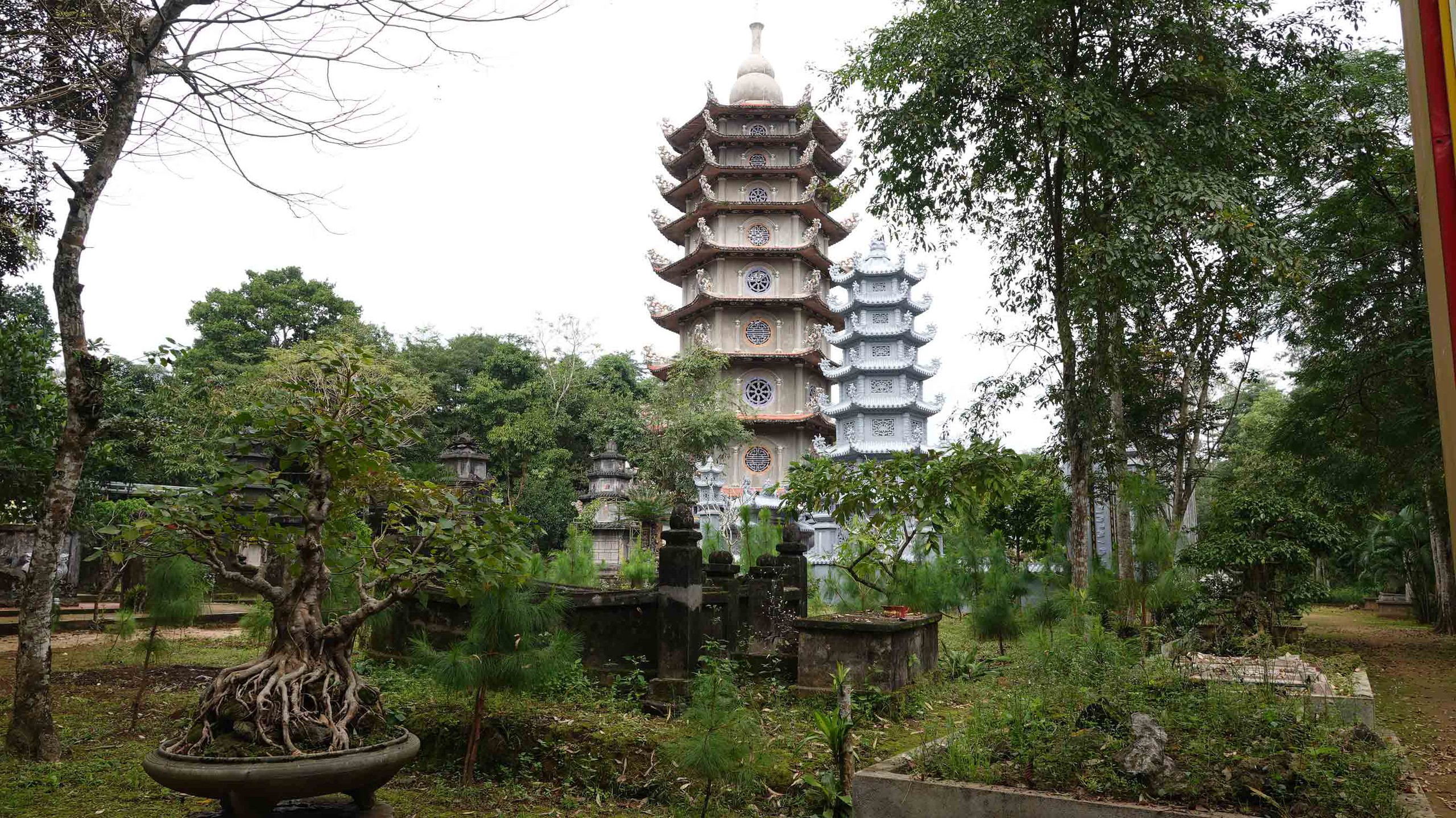
The tower in the temple grounds, where the founder Phap Hoa passed away.
To the east of Thien An Pagoda, there are towers to bury the abbot and founder of the pagoda. Outside the pagoda grounds, from the main gate to the northwest, there is the tomb of patriot Huynh Thuc Khang, built by the Quang Ngai provincial government to be spacious and quiet.
Today, Thien An ancient temple is green all year round. Many people come to the temple to worship Buddha, enjoy the beautiful scenery, pray for peace... On the first and fifteenth day of the lunar month, especially in spring, visitors from all over the country come to the temple to offer incense and admire the Buddha well, drink the well water for good luck. (to be continued)
SKY SEAL ON THE RIVER
According to Dai Nam Nhat Thong Chi, Thien An mountain has a flat top, about a few acres wide, with four flat square sides, looking like a seal, hence its name. On the mountain there is a pagoda, in front of the pagoda there is an ancient well, 55 meters deep, with very sweet water. Legend has it that in the past, a monk built a pagoda there, but unfortunately there was no drinking water, so he dug a well on the top of the mountain, in front of the pagoda, and used up 20 years to reach the water source. After the well was dug, the monk passed away, and to this day the abbot of that pagoda relies on that well.
The southern foot of the mountain rests on the Tra Khuc River, the north connects to La Vong Mountain, the east connects to Tam Thai Mountain, the west borders Long Dau Mountain. When Tan Minh Marquis Nguyen Cu Trinh was the Governor of Quang Ngai, he wrote a poem about 10 beautiful scenes in Quang Ngai, this was the scene of Thien An Niem Ha (Heaven's Seal on the River). In the 11th year of Minh Mang (1830), the image of this mountain was engraved on the Di Dinh. In the third year of Tu Duc (1850), it was listed as a famous mountain and recorded in the Dictionary.
Source link


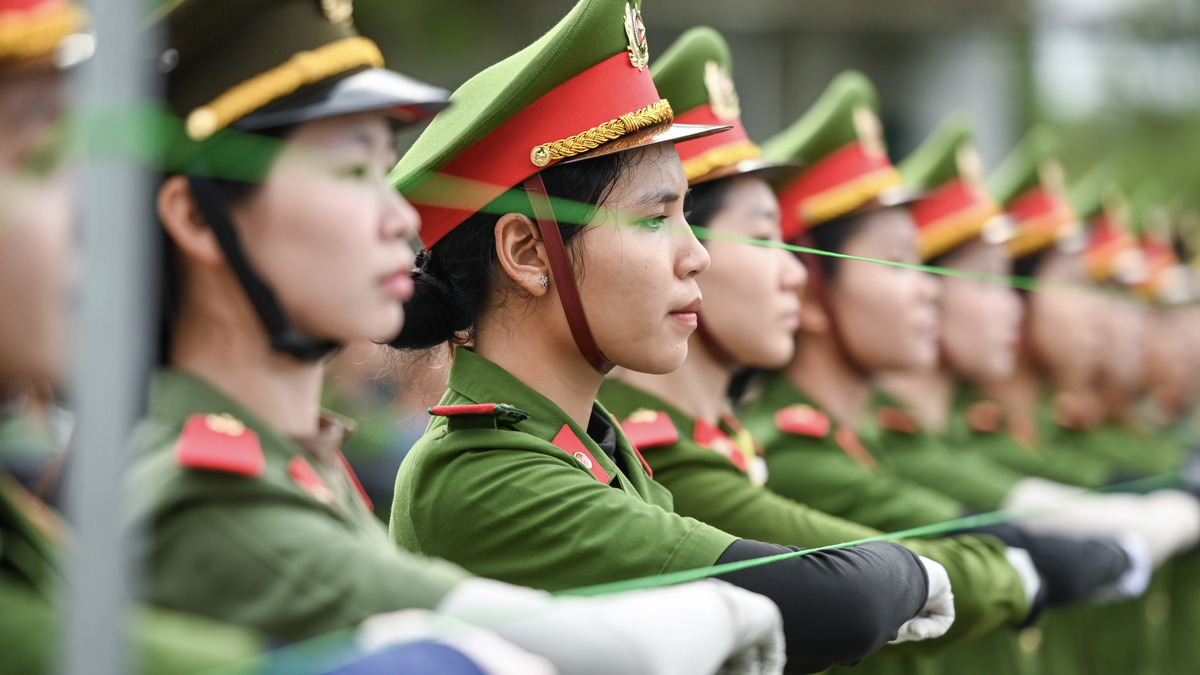


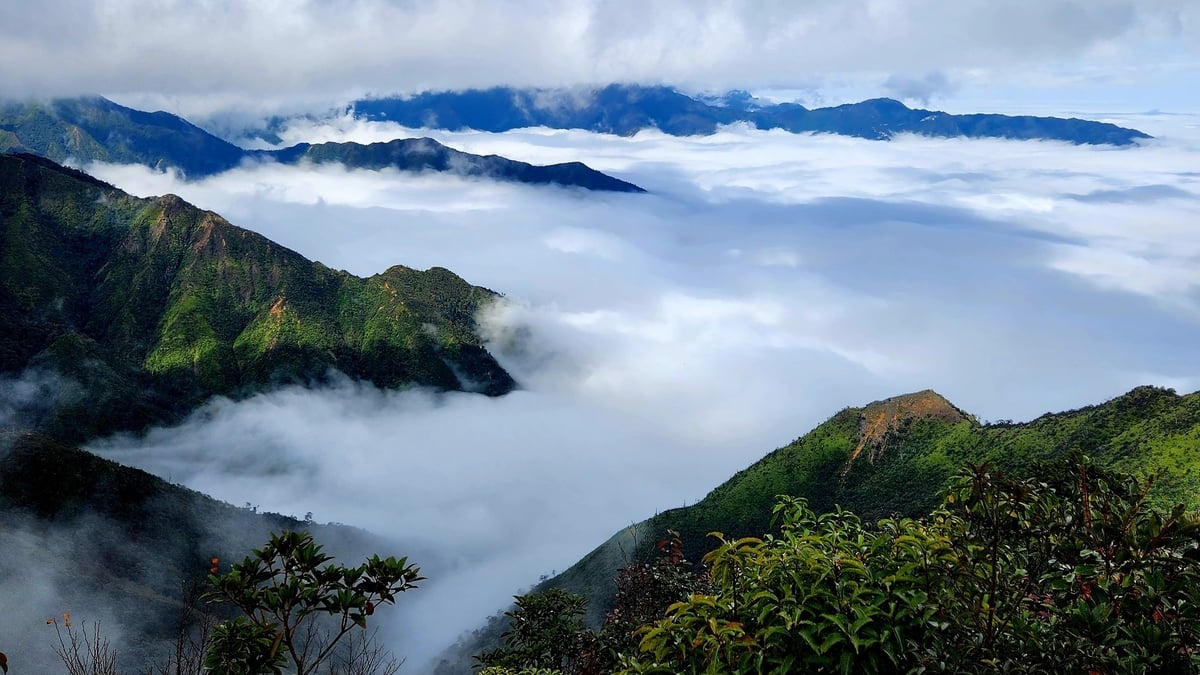




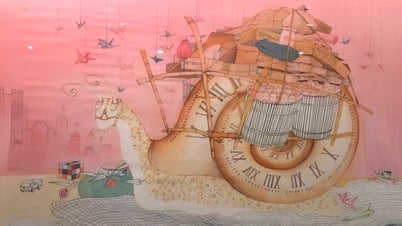



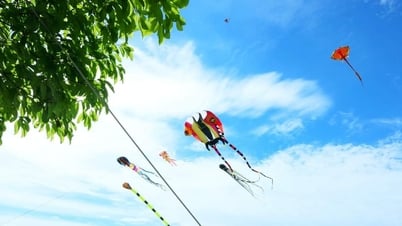
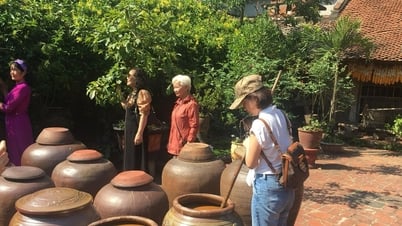
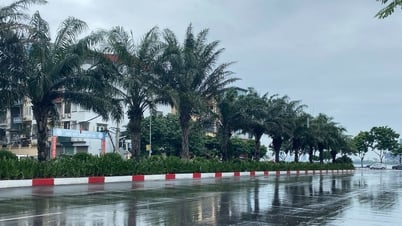













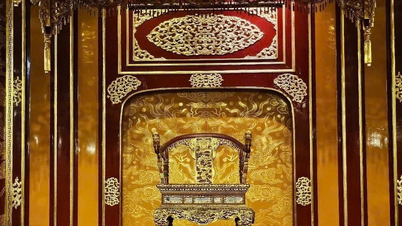

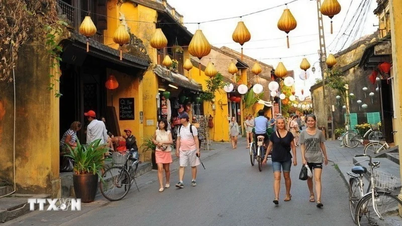






























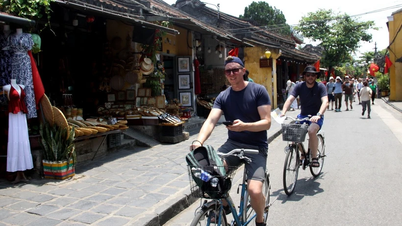




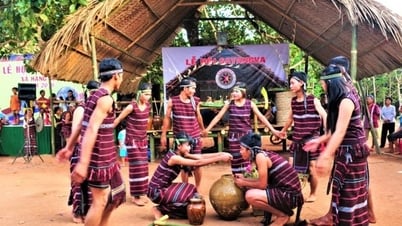

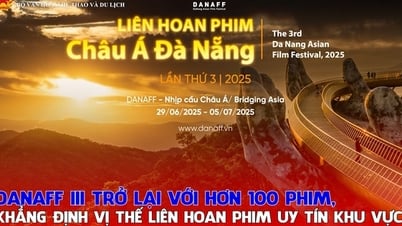





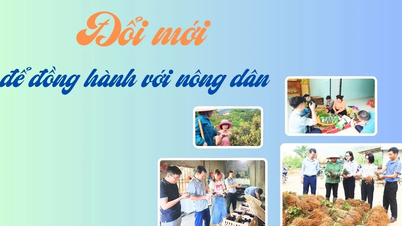














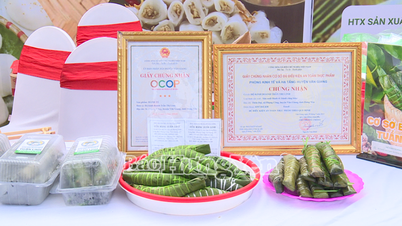



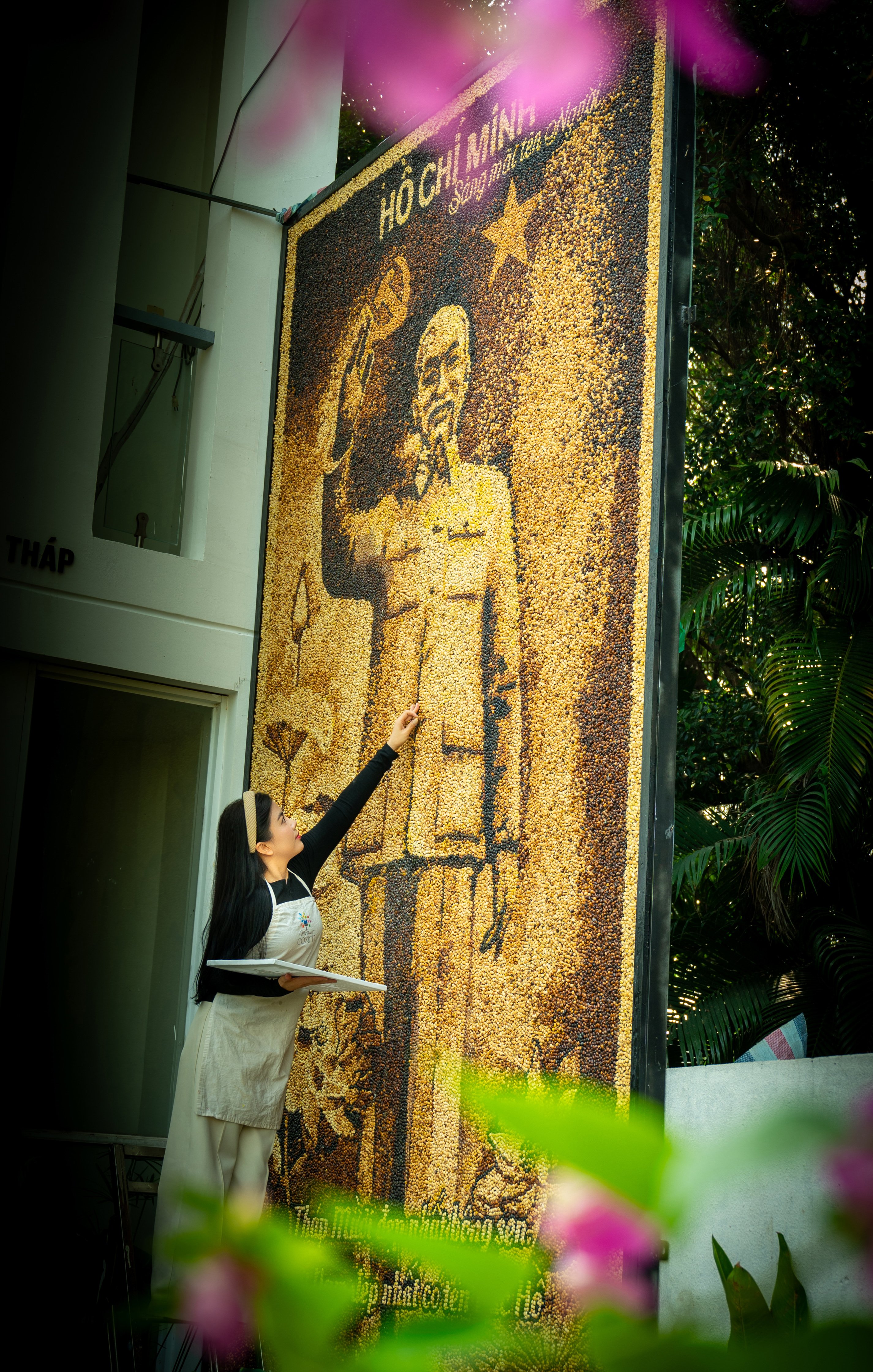

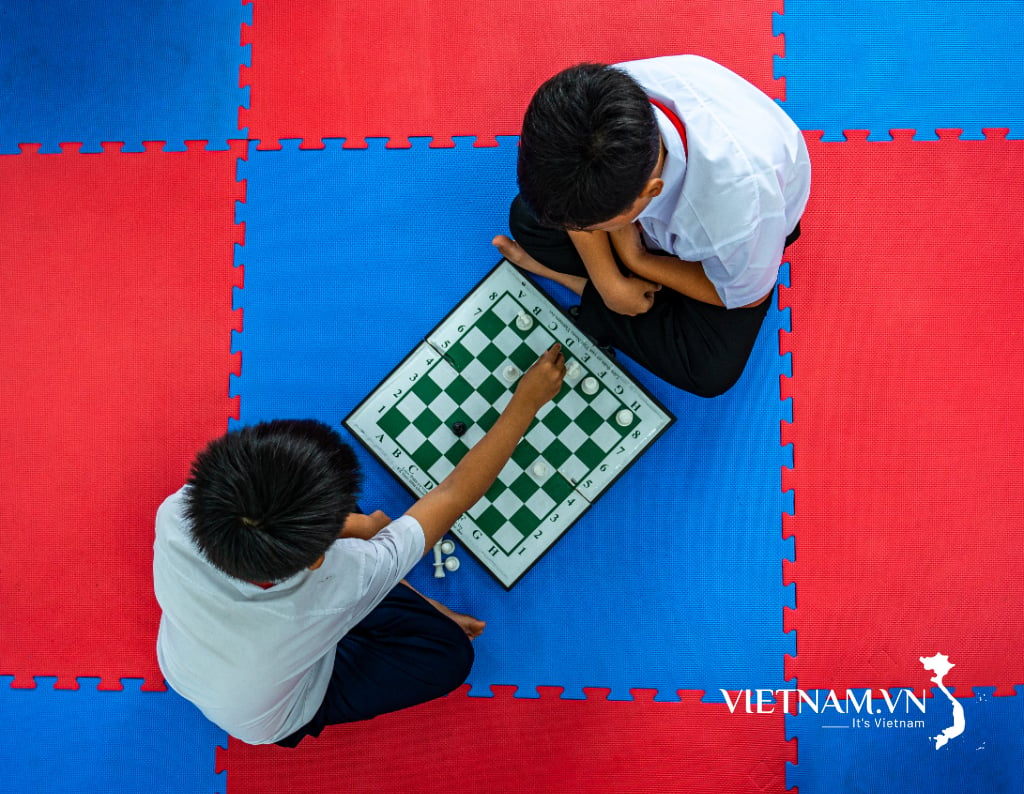
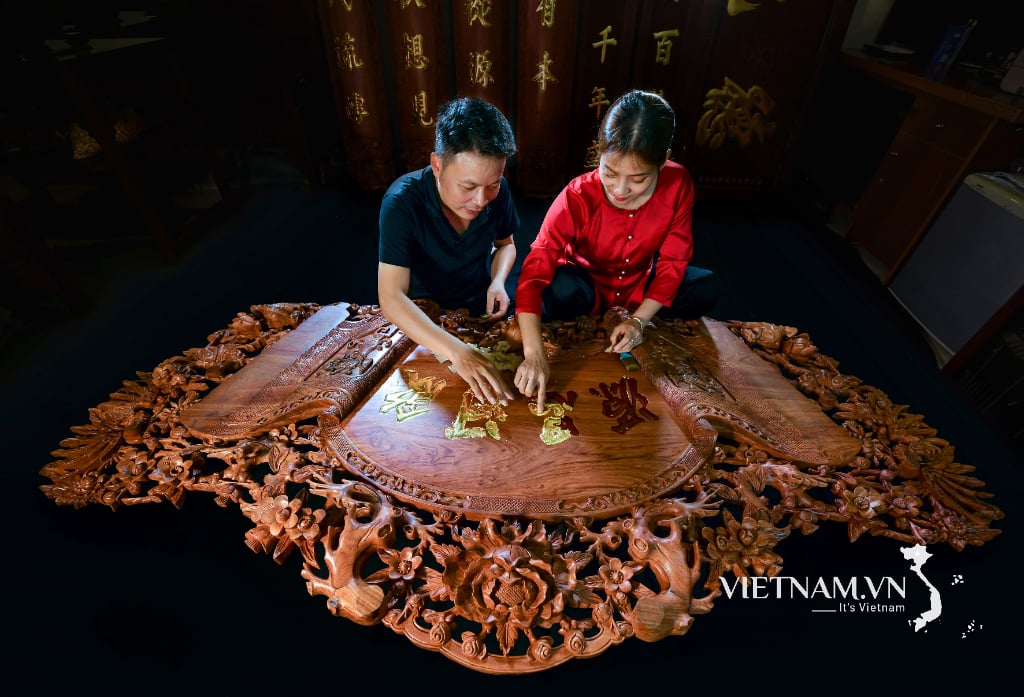
Comment (0)